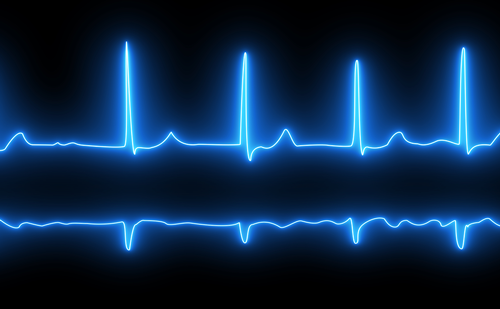Welcome to the latest edition of European Journal of Arrhythmia & Electrophysiology. Cardiac arrhythmias, the most common of which is atrial fibrillation, represent a substantial health and economic burden worldwide. In the last two decades we have observed major breakthroughs in the management of arrhythmias, particularly in the field of cardiac electrophysiology, and some of the latest advances are summarized in this issue.
We begin with two review articles on radiofrequency catheter ablation. The long-term effectiveness of this technique depends on the quality of the lesions delivered, particularly in the setting of atrial fibrillation (AF). Giannainas et al. discuss the latest advances in radiofrequency lesion quality markers. Kollias and Pürerfellner review the emerging technology of high-power short-duration ablation for the treatment of AF, which appears to be a promising alternative to conventional procedures.
The COVID-19 pandemic has facilitated rapid progress in the use of digital health technologies. In our next review article, Adasuriya and Haldar explore the development of wearable devices for the remote monitoring of cardiac arrhythmias and propose a framework for integrating these devices into everyday clinical practice.
The association between AF and heart failure (HF) has long been established, and managing AF in the setting of HF is an important research priority. Skanes et al. review recent clinical trial evidence and present a compelling case for considering catheter ablation for patients with HF and reduced but not preserved ejection fraction.
Electrical cardioversion (ECV) remains a widely used strategy for rhythm control in patients with persistent AF. We end this issue with an original research study in which Umeojiako et al. evaluate the success rate and role of ECV in the management of persistent AF in the era of catheter ablation.
European Journal of Arrhythmia & Electrophysiology would like to thank all authors who contributed their expertise towards this edition. A special thanks goes to our editorial board for their continuing guidance. We are also grateful to all organizations and media partners for their ongoing support. We hope that these articles prove thought-provoking and useful. Please also take the opportunity to look at the videos on our website, touchCARDIO.com, which features content from experts in electrophysiology.
Shouvik Haldar
Dr Shouvik Haldar is a consultant cardiologist and electrophysiologist at the Royal Brompton and Harefield NHS Foundation Trust, London, UK. He trained in London, Cambridge and Toronto and has a strong research record, completing a Medical Doctorate research degree studying interventional techniques in the management of atrial fibrillation at the National Heart and Lung Institute, Imperial College London. He has published many peer-reviewed articles and speaks at international conferences and meetings across Europe and the USA, and is an author and editor for the ‘Challenging Concepts’ series of medical textbooks. In addition, he is co-founder and director of the London Arrhythmia Summit, an annual conference for electrophysiology and arrhythmia specialists, looking at the latest advances in the field, and he is a member of the Arrhythmia Alliance Executive Committee.
















